Restoration and conservation of biodiversity: from agricultural land to urban areas
Healthy SOIL – Healthy FOOD – Healthy PEOPLE
We have established a network of specialists who are capable of regenerating and conserving biodiversity in urban spaces and agricultural lands. Our services encompass biodiversity planning, ecological research, project management, and advisory services. We work with farmers, businesses, and public institutions.
What we do
Our services help you align your actions with the EU Biodiversity Strategy for 2030 and ensure that you are in compliance with the Nature Restoration Law of 24 June 2024.
We employ a process-based approach that is case-specific and has been demonstrated effective.
Habitat specific ecological survey and research
An ecological survey evaluates the immediate environmental impact of the site on existing habitats and assists in the determination of the necessary actions to proceed with the development of a farm, park, neighbourhood, urban system, construction site, private land, factory ground, schools, and other sites.
Biodiversity Action Planning (BAP)
Habitat survey data is employed in the Biodiversity Action Plan (BAP) to ensure that habitat disturbance is minimal or nonexistent. It is intended to safeguard and revitalise biological ecosystems by ensuring that mitigation strategies are customised to the site’s unique requirements.
Biodiversity restoration and conservation project management
Our services include the coordination of competent personnel, procedures, and tools to effectively manage stakeholder expectations, quality, and risks for project success.
Our process
Our services are designed to fit seamlessly into a comprehensive, end-to-end workflow for biodiversity restoration and conservation, ensuring all aspects of the project are covered from start to finish in a logical and cohesive manner.
Each of the services consists of specific actions. This section provides an overview of each.
Phase 01
Habitat specific ecological survey
1. Preliminary Ecological Appraisal (PEA)
Desk study: scoping and data collection
2. Ecological Survey Assessment (ESA)
The evaluation of the site’s ecological value encompasses its resident species and habitats and includes an on-site visit to generate a comprehensive habitat survey.

Phase 02
Biodiversity Action Planning (BAP)
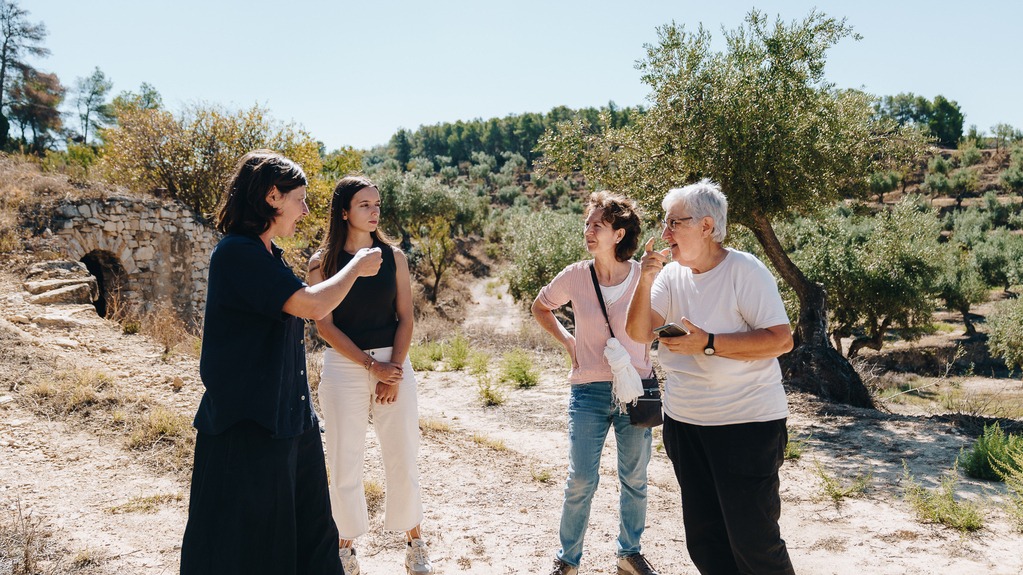
1. The impact analysis of the magnitude and significance of habitat loss is determined based on the habitat survey. We will suggest measures to prevent, restore, and conserve biodiversity once potential impacts have been identified.
2. BAP offers the framework to design plans, projects, and actions aimed at documenting, restoring, and conserving biodiversity on both regional and national scales.
3. The development of stakeholders’ capacity, in accordance with BAP, to comply with the Nature Restoration Law and other key policies, regulations, and subsidies.
Phase 03
Biodiversity restoration and conservation project management
1. Detailed planning and budgeting
2. Project governance and stakeholder communication
3. Evaluation and reporting on the ecological impact
Our services encompass the coordination of expert personnel, effective procedures, and appropriate tools to manage stakeholder expectations, quality, and risks, ensuring the success of projects focused on ecosystem regeneration and restoration.
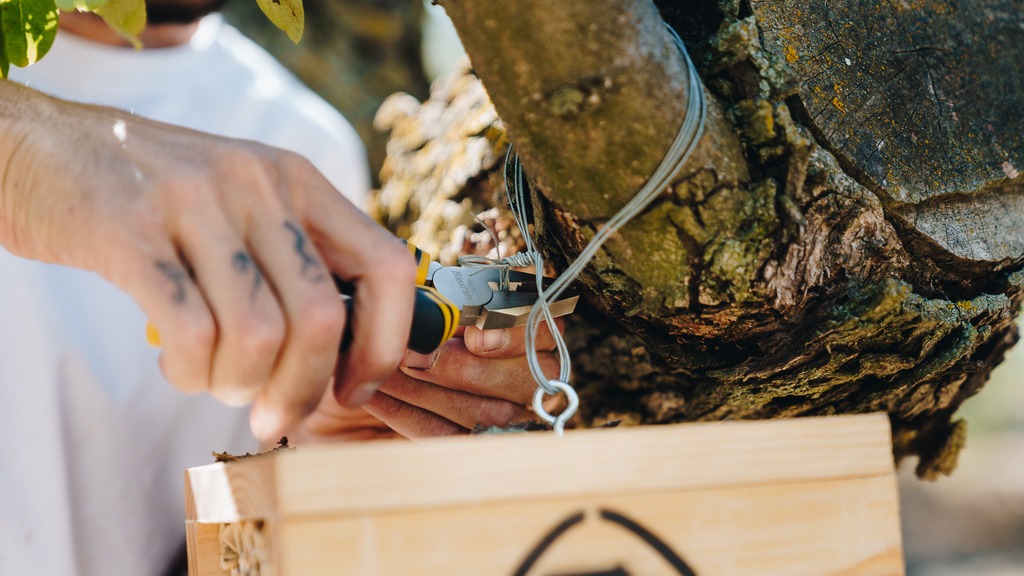
Our Partners
We are advising 20 farms in France, Portugal, and Spain that are switching to regenerative agriculture.
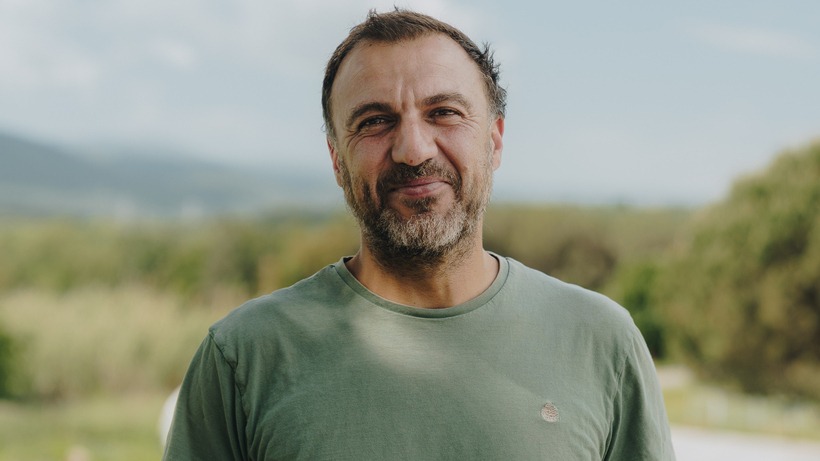


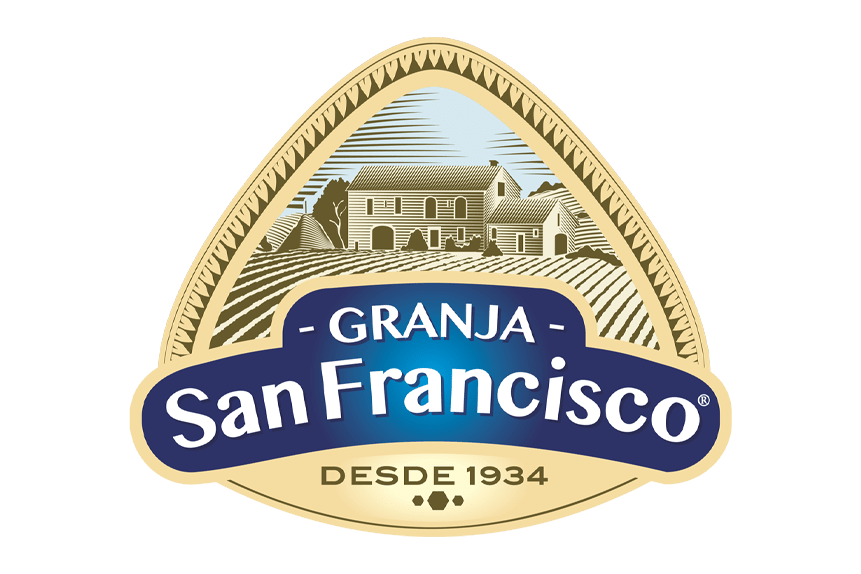


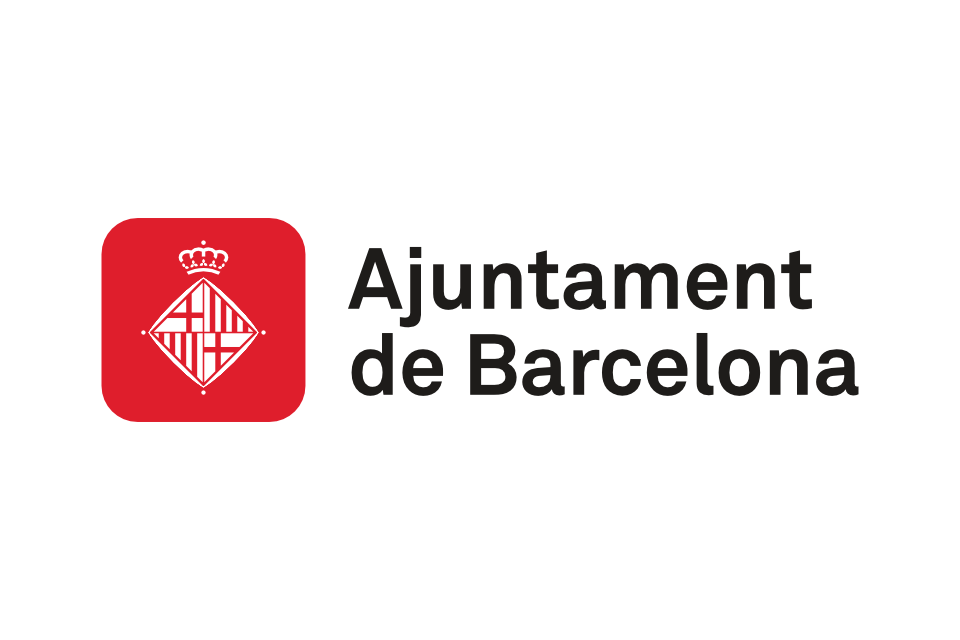
Our Framework
FROOF BIOTECH Code of Good Regenerative Agricultural Practices
This instrument is essential and specific, as it is intended to facilitate a seamless and efficient transition from conventional to regenerative agriculture.
EU Biodiversity Strategy for 2030
It is a comprehensive, ambitious, and long-term plan to protect nature and reverse the degradation of ecosystems. The strategy aims to put Europe’s biodiversity on a path to recovery by 2030, and contains specific actions and commitments.
EU Nature Restoration Law.
It is the first continent-wide, comprehensive law of its kind. It is a key element of the EU Biodiversity Strategy, which sets binding targets to restore degraded ecosystems, in particular those with the most potential to capture and store carbon and to prevent and reduce the impact of natural disasters.
United Nations Sustainable Development Goals
The following categories of Sustainable Development Goals are supported by FROOF BIOTECH competencies and efforts:
11 – Sustainable cities and communities
12 – Responsible production and consumption
13 – Climate action
15 – Life on land
One Health Approach
One Health is an integrated, unifying approach that aims to sustainably balance and optimize the health of people, animals and ecosystems. It recognizes the health of humans, domestic and wild animals, plants, and the wider environment (including ecosystems) are closely linked and inter-dependent.
